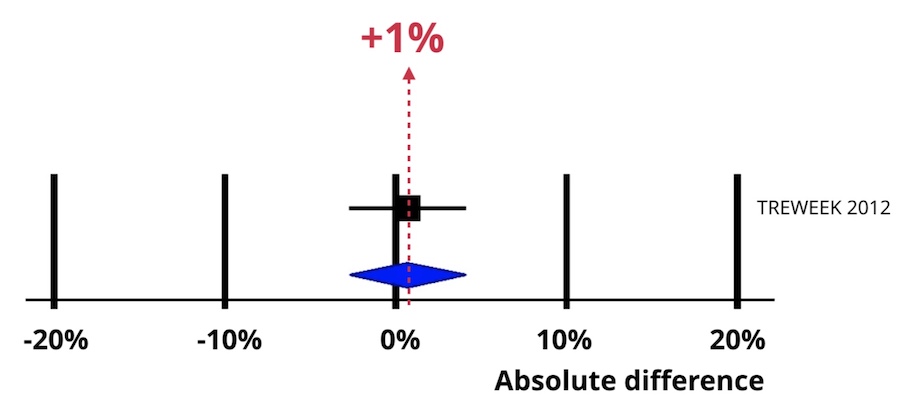Sending potential participants an email invitation to take part in a trial.
Email invitations probably result in little to no difference in recruitment compared to postal invitations but are cheaper to use.
An increase of 1% (95% confidence interval = -3% to 4%).
GRADE Moderate certainty.
We recommend that trialists consider using email invitations when it is known that email is widely used by potential participants.
See Resource bundle below for details of how to use email invitations or build a SWAT evaluation of them into your trial.
Imagine a trial that needs to recruit 30 participants and initial recruitment is 30% of those approached. This means you’d need to approach 100 people to recruit 30 of them (see chart).

Now imagine using email invitations. The chart below shows the impact of an absolute increase of 1% (95% CI = -3% to 4%). Recruitment is now 31%, which means our best estimate is that 97 people would now need to be approached to recruit 30 of them.


Trial Forge will make trials more efficient by looking for marginal gains across all trial processes, from research question to implementation into routine care. It will encourage everyone connected with trials to be more sceptical of what we do by asking for the evidence behind all of our trial decisions.